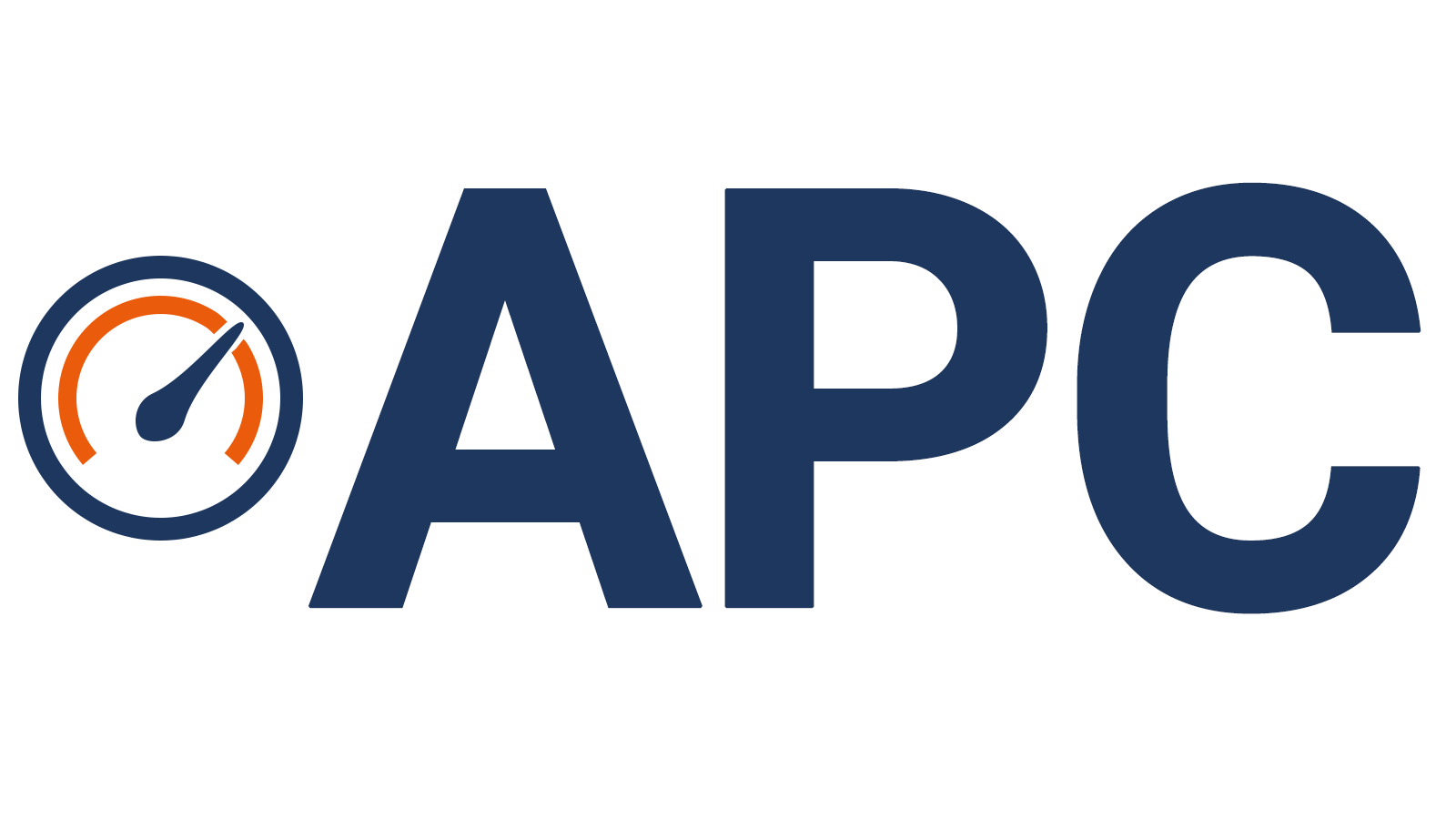Effective Application Lifecycle Management (ALM) with APC
Application Lifecycle Management (ALM) features
At application life-cycle level, APC offers several predefined features as well as customizable content and methodologies so that you get fast path to establish an application portfolio management that suits your specific needs.
To easily update and access the detailed application information is the key to effective management and control of the application portfolio and the application through its lifecycle.
APC provides powerful application information features and content that supports information management such as:
- Application descriptions and key attributes
- Financial information management
- Application status in its lifecycle
- Architecture, technology and interdependencies
- Application assessments
- Decision and reasons for consolidation and/or selective sourcing
- Governance such as responsible Business owners and IT managers
- Support to build roadmaps and plans
- Key Performance Indicators
In addition, diagrams showing application assessed risk profiles are the basis of action for gradual risk minimization.
Application details and key attributes
To easily update and access the detailed application information and key attributes is vital to effective management and control of the application portfolio and the application through its life cycle.
The detailed application information attributes include:
- Application description
- Age and version of application
- Operational state and status in its lifecycle
- Supplier(s) and supplier information
- Other customized application details


Application cost management
APC provides a clear, fact based and transparent view on current, historical and future projected application costs that is vital in mature application portfolio management. It provides answers to basic questions on IT costs and enables better decision-making, supports zero base budgeting, setting and following up on financial key performance indicators, analysis and key insights. APC provides IT cost models that are highly adaptable to the organisations’ IT cost structures.
Application assessment, advice and strategy
Integrated methods and analysis techniques that provide strategy and technical advice empowers the organisation to focus on the application transformation activities of the greatest business value.
APC's built-in methodology provides methods with predefined questionnaires and advices that replace emotions with facts.
The built-in methods cover the key areas of application portfolio rationalization and selective sourcing. The methods can be adapted to the specific customer context and new methods can be created that provide answers to key strategic and tactical decisions.


Application governance
To set up the governance of an application or group of applications is fundamental to the management of applications throughout their life cycle.
The first step in the APC process is to set up, and often, implement the roles and responsibilities e.g. IT Owner, Business Owner, Organisational Ownership, and then to continuously maintain the information in APC. Features, key attributes are provided within APC to enable a clear and effective governance of applications throughout their life cycle.
Architecture, technologies and interdependencies
Current state of the application architecture, underlying technologies and application interdependencies are key factors when assessing the opportunities and risks for an individual application, sub-portfolios and the whole portfolio of applications.
APC provides features and attributes to govern the technologies and interdependencies for an application and portfolios of applications.


Create, control and follow up roadmaps and plans
Integrated functions to delegate goals, plans, management and control of a secure and effectively delegated implementation.
APC features for management of setting and implementing roadmaps and plans empower:
- Support for continuous and distributed implementation through:
- A delegated ownership and responsibility for implementation
- Clear goals for each application - Integrated functions for planning and monitoring of milestones.
- Log for decisions and meetings.
- The ability to control and see the whole as well as parts by “drill down” functions.
- Support for ongoing implementation through collaboration between IT and business.
Follow up on delivery, usage and other KPIs
To have a clear view of the responsible organisational unit/supplier from where the application is delivered and direct access to information about current status and trends of usage and key performance indicators is vital in daily operations, fact based decision making and planning.
In APC, the delivery organisation such as delivery units, usage as number of users, geographical and organisational usage and defined key figures and performance indicators are kept and constantly available in charts and reports.

